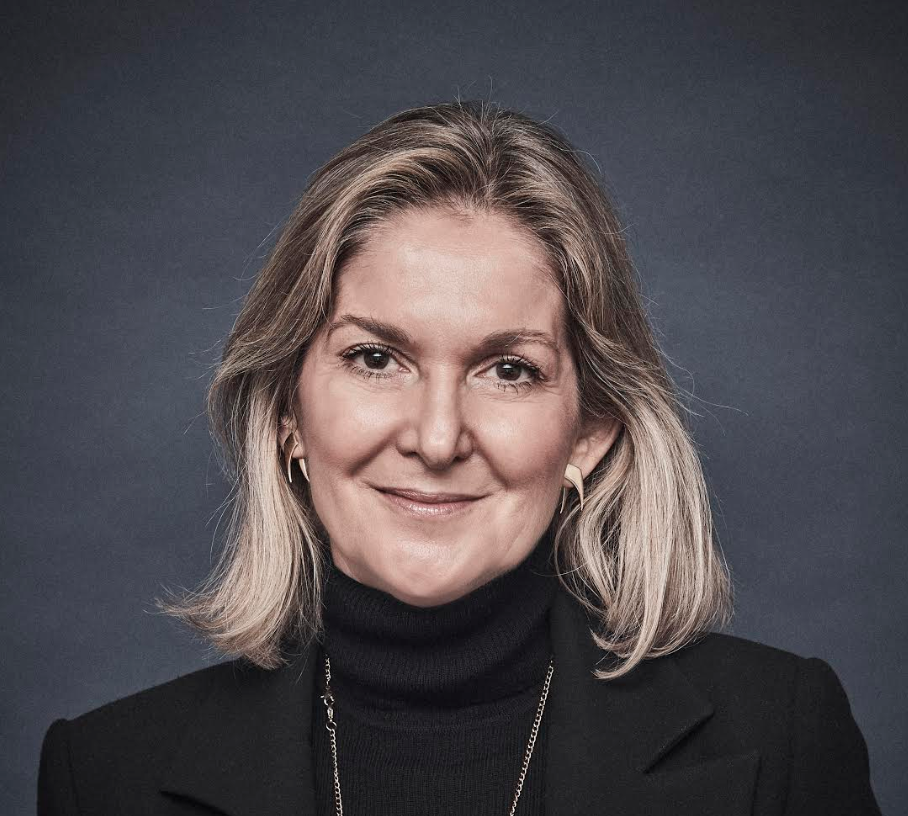Accelerated business transformation is driving many professionals to reinvent themselves and adopt a learning mindset. Many have undergone a professional identity transformation even more complex than corporations.
This process involves developing an attitude of experimentation and play with new tools, new frameworks and new modes of operations new groups of people. It is a process that would force them to step out of their comfort zone, the same that has transformed their tasks to an unsustainable routine in the new environment. Many people will need to go through this process of reconversion of identity, however, senior professionals, with talent and experience will be those most heavily affected by this change. They need a different approach to framing their next professional chapter.
Multiple professional identities
It is important to start from a simple premise: our professional identity is not unique. Research conducted by Professor Herminia Ibarra at the London Business School, showcases that professional identity is developed from many possibilities. Some are tangible and concrete, forged by our experiences and previous competencies; others exist solely in a potential future, and can only be discovered when experimenting with them.
In other words, “what got you here won’t get you there” is an essential principle which professionals who need to reinvent themselves have to bear in mind. The change overall is a complicated situation, particularly because mastering competencies puts at the same time a break on change, a handicap on transforming professionals’ mindset. Professor Barbara Oakley at Oklahoma University, global expert on learning, confirms through her personal experience that overconfidence drives to a lack of flexibility to learn and to be open to new experiences.
Stepping out of the comfort the zone and daring to experiment with new skills requires great courage because it involves taking risks and feeling uncomfortable when about to attempt something different.
My own research and experience while working with people in transition has proven that professional identity is constructed overtime; it is a live process based on everyone’s experience and personal relations as well as the ability to make sense of what we are doing.
Impostor syndrome can be good
The true possibilities are discovered by opening up ourselves to the world, exploring new knowledge, undertaking new projects and trying new activities, becoming a member of new groups, and finding new models to imitate. This involves feeling like an impostor in order to be active in new fields which have previously been alien to us.
This means we have to adopt a more “playful” attitude towards our actions and identity, which invites us to dare to experiment with tasks and competencies different than the ones which successfully led us in the career we are trying to leave behind.
With experimentation, new dimensions which until then remained undiscovered will start to incorporate in our professional identity. The discovery of new alternatives will continuously form part of our professional identity.
A great example of this process could be the case of Electrical Engineering professor Barbara Oakley who became a global expert of learning at 58, creating from scratch a MOOC which currently has more than 2.5 millions of followers.
The transition process can vary in terms of time. It is rarely fast, it can even last several years.
Creating a new network of relations and connections
Stepping out the comfort zone can also affect the relationship networks.
Reorientation is impossible if we remain isolated, since we all develop ourselves in and through our relationships with the others. All studies that have been conducted since the mid-70s on how people get a job, only confirm that the majority of people do so through their personal contacts. In times of change and uncertainty, we find comfort strengthening the ties that bind us with our family and friends, but it is impossible to make a professional career change without changing and expanding our social circles.
Research shows that even if it could result counterintuitive, what makes a contact useful for a career change is not so much the level of intimacy or power they exert in their environment, but rather the different people we do not know and that these contacts can give us access to. Therefore, they provide further diverse information compared to ours, and consequently open up more alternatives for us besides giving us the option to find role models to imitate. Naturally, being in contact with prestigious business schools or professional associations can significantly improve the prospects of entering in certain circles which would have otherwise been inaccessible. The closest networks of contact can provide us with comfort through difficult times of transition, but they do not enrich us or help us reorient ourselves and verify a series of possible identities. They can even view change as a loss.
As Dr. Mario Alonso Puig, Fellow in Surgery at the Harvard Medical School, points out, the process of reorientation is an experiential journey carried out in the company of other people who offer help and resources for people to acquire the necessary new knowledge.
Changing a professional career
One of the most common problems that arise in reorientation is not so much determining the kind of job that we enjoy the most and that we find the most meaningful, but devising a way to transfer previous preferences and acquired values to new and different contexts, as well as integrating them together with new opportunities.
Being in this transitional situation is not always pleasant. To the no small challenges of career transitions — often in more linear trajectories — we need to add the additional stress of identifying the direction of change and crafting the next role or set of roles that may not exist yet. For example IE university, has recognized this challenge and in its Transformation with Purpose fellowship tries to provide the opportunity to fellows to pause, play, experiment, and learn in order to craft an impactful next chapter.
However, some guidelines, prior to research and practice, that we should always remember to:
- Stay active, take action, explore alternatives where they could apply their abilities in order to pave the way for a new way of thinking and being. The process of reorientation is a challenge to redefine ourselves, assuming that “what got you here won’t get you there”.
- Give yourself some time, a period of transition, and don’t self-impose deadlines. It is better to experience the innate contradictions of every situation that take a rash decision. Experimenting and playing will make the process more pleasant and enriching.
- Expand and extend your network of contacts. Let the experts advise you. Remember that every reorientation requires social support, and that reorienting your career does not just mean changing the type of job, but also changing the relationships in our professional life. Open the door to new personal contacts.
- Be flexible, realistic and open-minded. When the window of opportunities opens, you have to be able to see them in their entirety, with their inconveniences and advantages.
Figura 1
Read more about Transformation With Purpose Bootcamp here.


